You'll be in seventh heaven with a trip to the Canary Islands. For all seven offer individual delights. Las Palmas de Gran Canaria and Santa Cruz de Tenerife are joint capitals of the autonomous Canary Island community, although the former is also the capital of the Las Palmas province which numbers Fuerteventura, Gran Cananaria, and Lanzarote. Tenerife province comprises Tenerife itself, along with El Hierro, La Gomera, and La Palma.
Tenerife
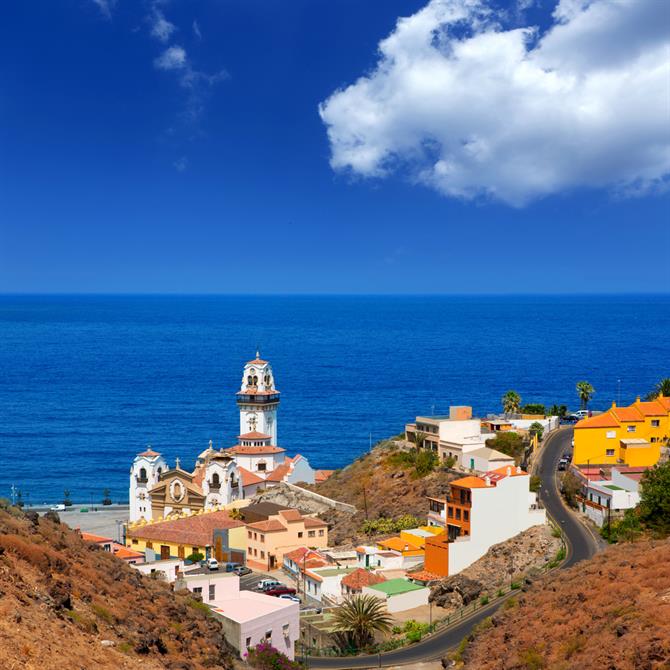
From the ancient seat of learning at La Laguna where the university is still based to the highs of Teide, Spain's tallest mountain, Tenerife is so much more than a resort. The largest and most populated of the Canary Islands, its smaller Los Rodeos airport in the north of the island mainly operates inter-island flights whereas Reina Sofía in the south is the 7th busiest airport in the whole of Spain and is where visitors from the Spanish mainland and beyond fly into. Ferries run in and out of capital Santa Cruz de Tenerife and the southern resort of Los Cristianos.
Fuerteventura
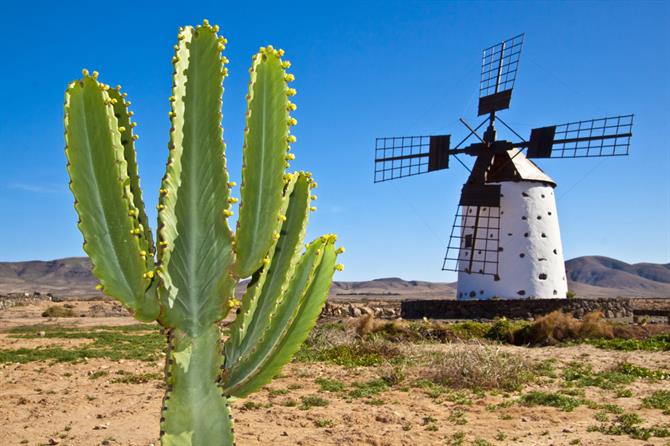
There's not much to Fuerteventura. Not much that is, apart from some of the most beautiful beaches you'll ever have the pleasure to see. Plus lots of goats, who actually outnumber the humans on the island. The first hotel for tourists opened in the same year as the island's only airport, in 1965. The second largest of the Canary Islands, Fuerteventura can be reached by ferry from Gran Canaria, Lanzarote, and Tenerife.
Gran Canaria
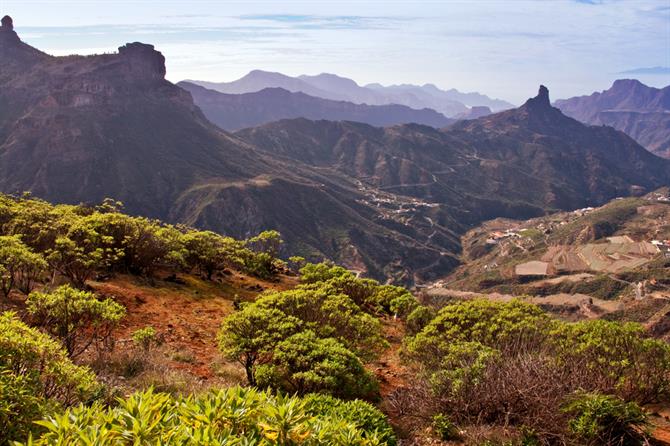
They're made of stern stuff on Gran Canaria. It took nearly 80 years for Spain to conquer the Spartans of the Atlantic, not surprising when you realize the local population seem a lot taller than their compatriots on the mainland. Which has everything to do with the island's Berber heritage. The airport, roughly equidistant to capital Las Palmas de Gran Canaria and the famous southern resorts of Playa del Inglés and Maspalomas, offers flights to major European destinations. Ferries operate out of Las Palmas de Gran Canaria and Agaete's Puerto de las Nieves to ports including Cadiz and Santa Cruz de Tenerife.
Lanzarote
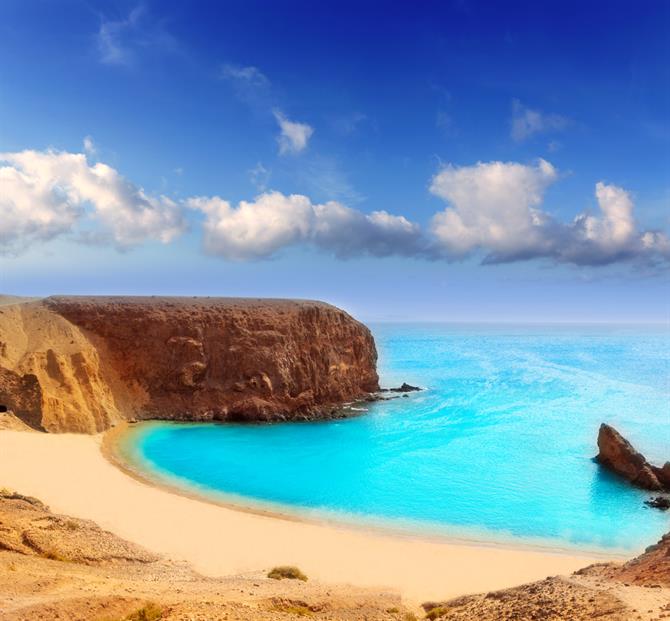
There's little grotty about Lanzarote. Even the most developed resort, Puerto del Carmen, is easy enough to escape from with the isolated beach of Papagayo (pictured) closer than it looks. The island's one and only airport is located near the capital of Arrecife which is also the island's port, offering ferry services to Africa, mainland Europe, and the other Canary Islands.
La Palma
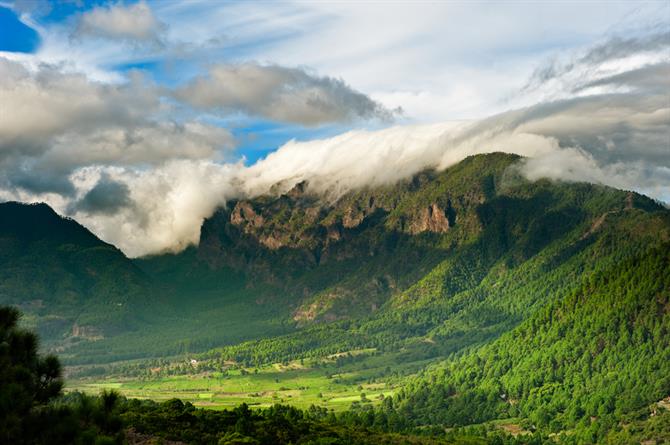
Visit La Palma's world-famous Observatorio del Roque de los Muchachos during the day and an astronomy tour by night, to see the Canaries in a new light. There's more to explore beyond the bucket and spade on La Palma, where on a good evening, about 3,000 stars are visible with the naked eye. Recently, the island became the world's first Starlight Reserve as well as Starlight Tourist Destination.
La Gomera
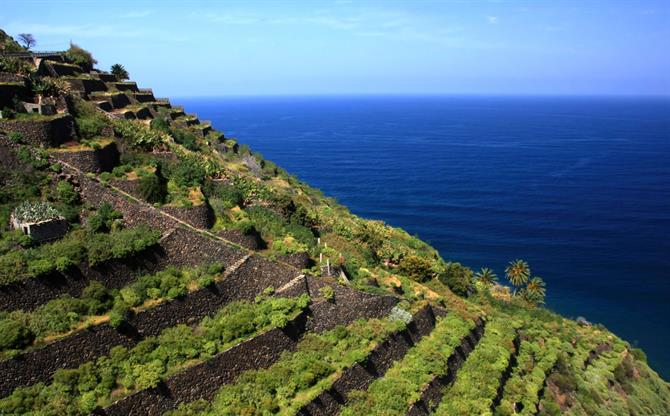
The great survivor of the Canary Islands, its Parque Nacional de Garajonay was reduced by 18% in last year's devastating forest fires. Nevertheless, this UNESCO World Heritage Site is still home to trees that have been there for over 11 million years. As you can see from the picture, because of the hilly landscape locals have to almost stack fields on top of each other all the way down to the Atlantic Ocean below. It's easier to reach La Gomera from Tenerife, by plane or ferry.
El Hierro

The most westerly of the Canary Islands is also the wettest. Which explains why it's one of the greenest. It's also one of the most inaccessible. Think of a tropical Ireland, one that's woken up bleary-eyed to find itself located at the western end of the Atlantic Ocean, in the Caribbean rather than Irish Sea.
